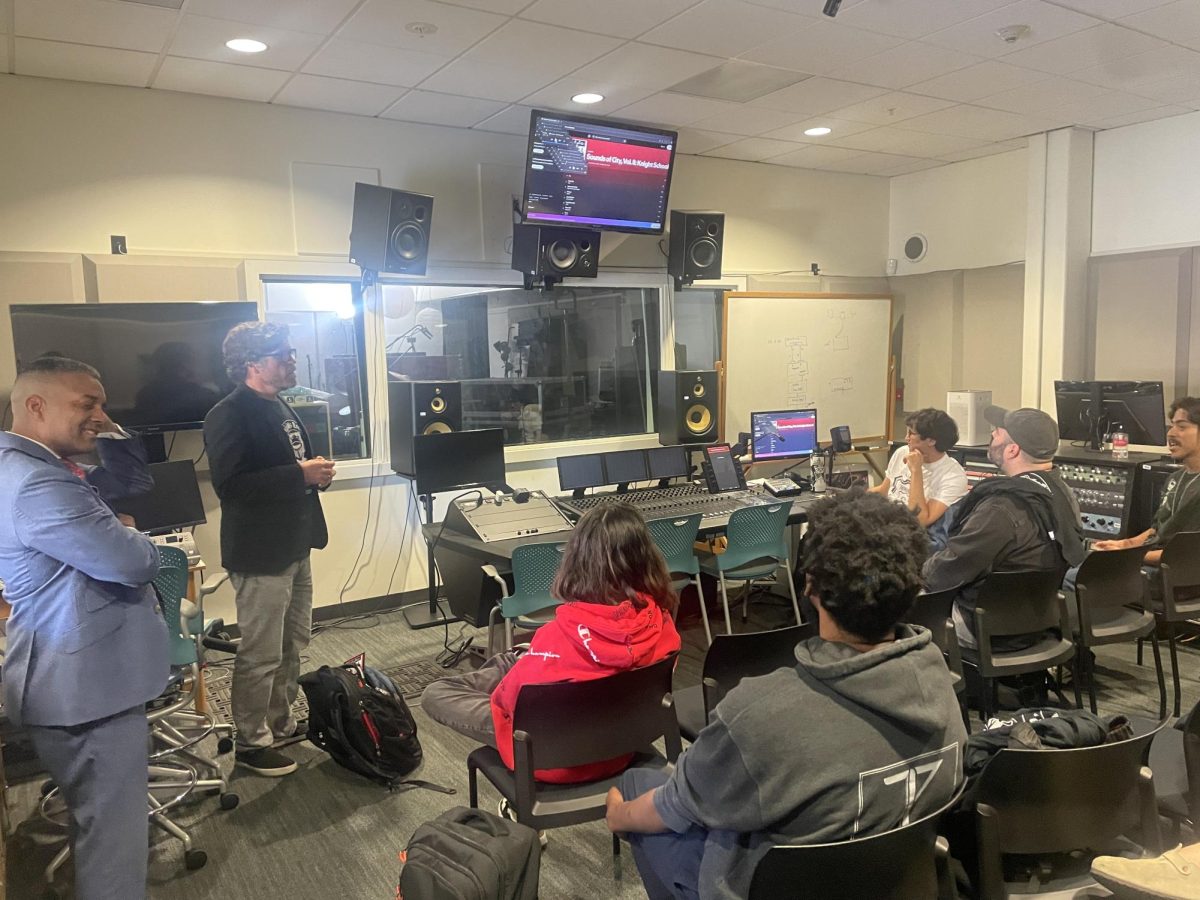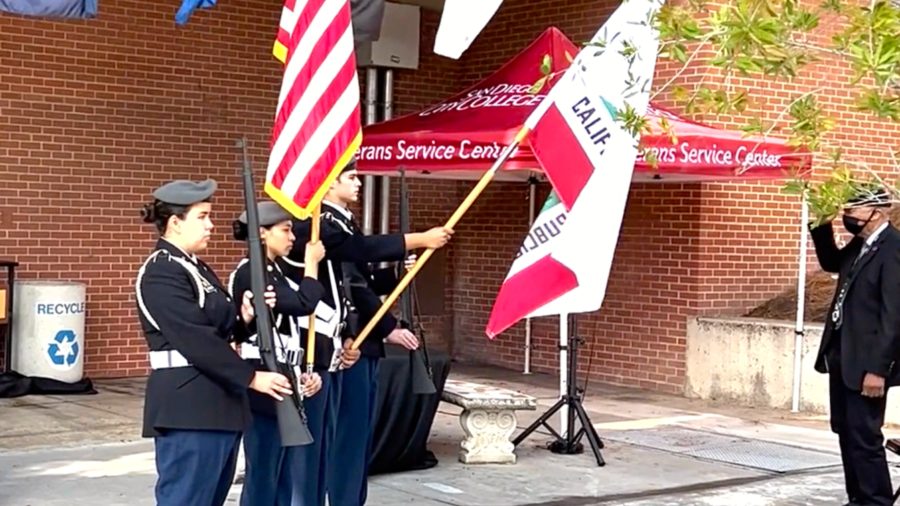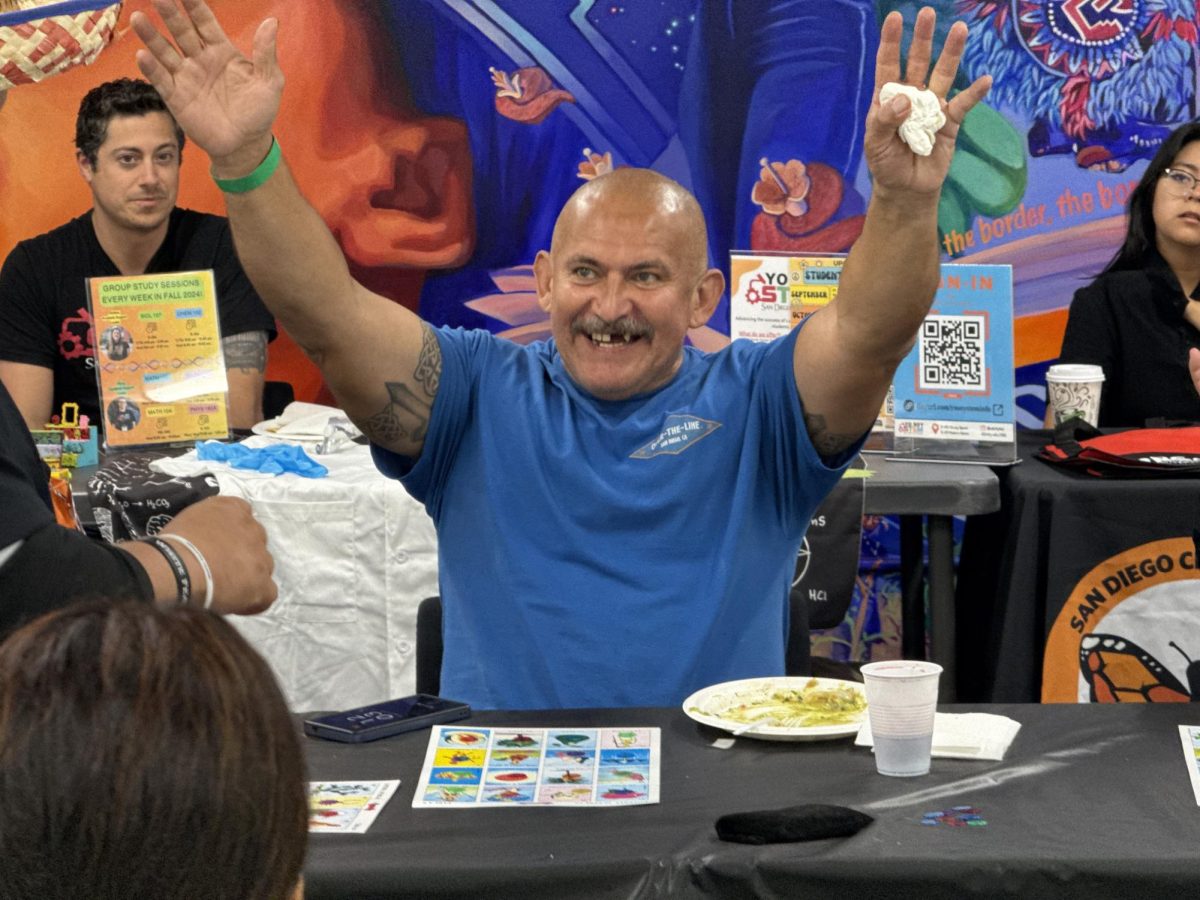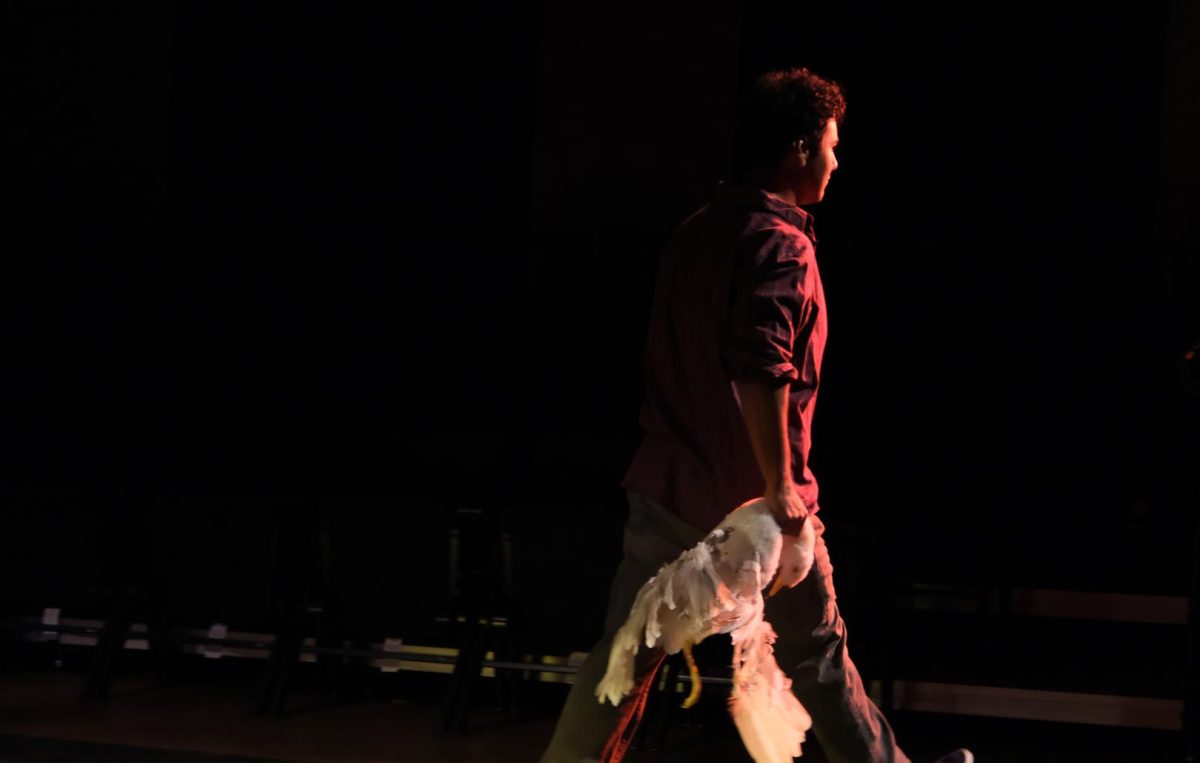“The Linguists: A Very Foreign Language Film” is a documentary of intermixed bits and pieces. The disjointed fragments mirror the message of the film: We’re missing something; we’re losing something.
World Cultures sponsored a screening of the award-winning documentary, produced by Ironbound Films, at the Saville Theatre Feb. 24. Individuals and groups of anthropology and literature students watched moving snapshots of linguists David Harrison and Greg Anderson as they searched for speakers of dying languages.
The film progresses in a series of quick cuts back and forth between locations and languages with ample footage of Harrison and Anderson bouncing and talking in cars speeding down backwater roads. We see bits of color from Siberia, Bolivia, India and Arizona. We hear pieces of Chulym, Kallawaya, Sora and Chemehuevi.
City College student John Freeman said the film was “cool” and that he enjoyed the fact that Harrison and Anderson were able to show proof to disbelieving local scholars that the Kallawaya language was real.
Harrison and Anderson camped on the shores of Lake Titicaca while searching for speakers of Kallawaya, a language kept alive to pass down knowledge of the healing properties of over 10,000 plants. They played recordings of Kallawaya sentences to an audience of scholars in Bolivia.
The film teaches that of the 7000 languages spoken in the world, half of them are in danger of dying out, one dies on a biweekly schedule and several have a mere handful of elderly speakers. Harrison and Anderson work together to spread awareness of threatened languages at the Living Tongues Institute For Endangered Languages.
Though an economic incentive does much to keep Kallawaya alive, more often speakers abandon their native tongue in favor of a more dominant language in an effort to earn a better living. The film states that colonialists hastened the demise of local languages by imposing their will, their government and their language on the local people.
“When we lose a language, we lose centuries of human thinking about time, seasons, sea creatures, reindeer, edible flowers, mathematics, landscapes, myths, music, the unknown and the everyday,” Harrison wrote in “When Languages Die.”
“The Linguists” bubbles with the excitement of a freshly popped fizzy drink. And though it may not shed much light on the academic rigors of preserving a dying language, it’s more than just empty calories.
Students came away from this film thinking. World literature majors Karen Kluchonic and Neil Kavanagh remained in the theatre several minutes after the screening, talking excitedly about the impact of the film.
“You can tell these guys are doing something that they really love,” Kavanagh said, adding that the film made him think of local Native American languages, and that he now wondered how many of the exit signs along the Kumeyaay Highway contained Kumeyaay words.
Kluchonic, referring to how Americans often become frustrated when confronted with people who do not speak English, said “If more people saw films like this, we might be more grateful to have other languages spoken around us.”







